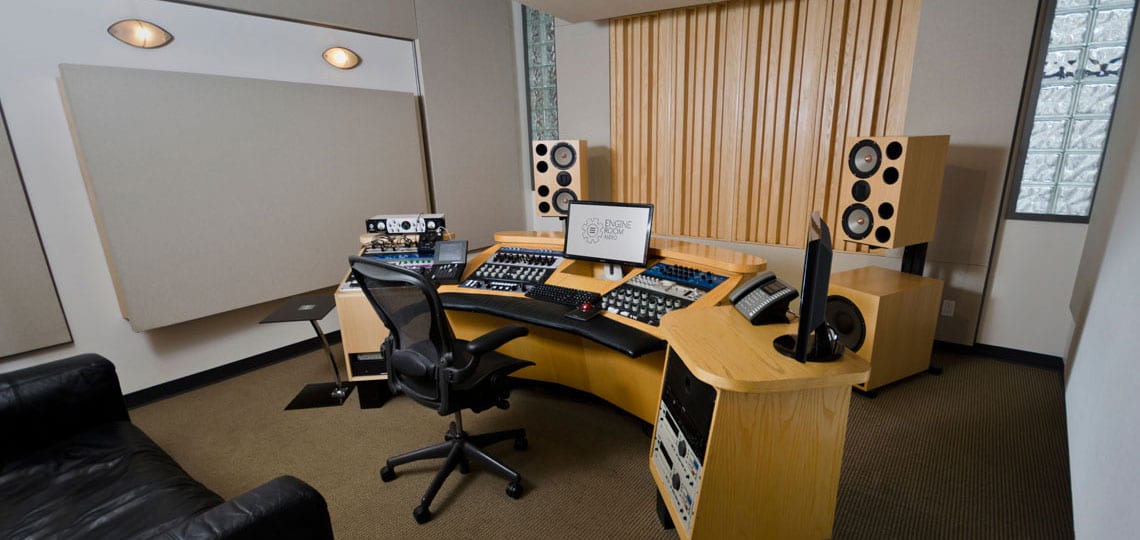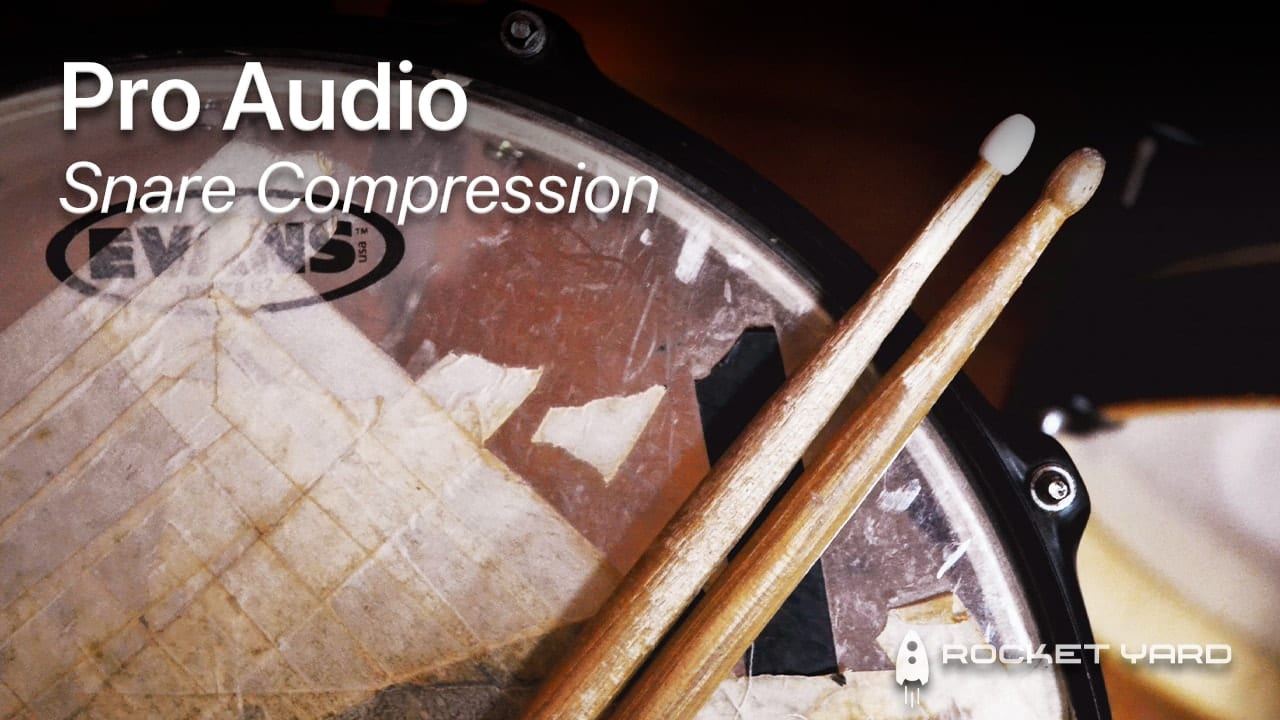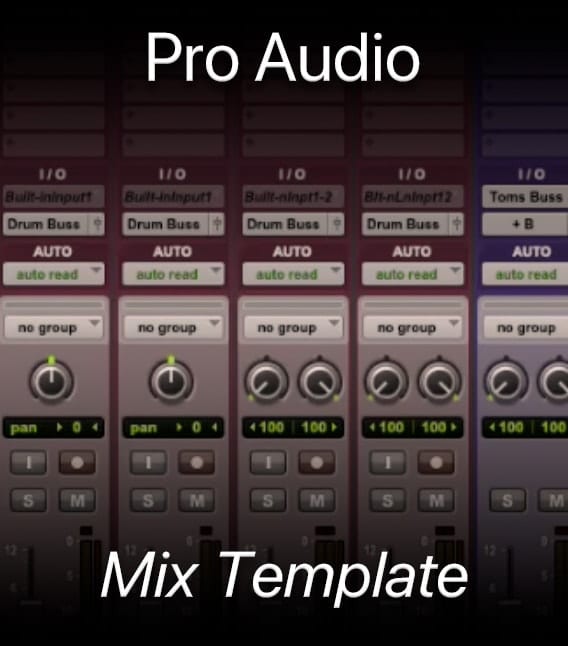What is mastering, why is it important, and what is the process like?
In this installment of Pro Audio, we’ll take a broad look at the dark art that is “mastering” audio.

By its most basic definition, to master a piece of audio is to take pre-recorded, already mixed material and prepare it for consumption by the masses. Context is important here, as the mastering process can be used for a single song release, a short EP, or a full-length album. Furthermore, sometimes existing releases are subsequently remastered and re-released decades later, or new compilations are created and require remastering as a result.
The point here is that there are many conditions for which the mastering process must take account in order to produce the best final product. In a few moments, we’ll discuss some goals your typical mastering engineer strives to achieve, but before we do, let’s cover a brief history of mastering.
A Brief History of Mastering
Back in the days of vinyl records, engineers had to worry about transient peaks that could cause the record player stylus to be forced out of the groove. As necessity is often the mother of invention, special hardware processors like compressors and limiters were introduced into the production process in order to keep the dynamics of recordings safely within the capabilities of the vinyl medium.
Those who were responsible for operating that hardware were tasked with applying the right amount of compression and limiting, and as a result, became the industry’s first mastering engineers.
In an effort to increase the amount of music that could fit on a piece of vinyl, the RIAA equalization curve was established. Besides longer recording times, the RIAA curve was meant to be an industry standard, designed to improve sound quality and reduce groove damage that might happen during playback.
Wikipedia has a lengthy article dedicated to the RIAA equalization curve and does a better job than I could ever hope to do in explaining it. The important thing to take away is that, as a result of the RIAA curve, the grooves on vinyl records became even narrower (in order to fit more audio in the same physical space). Mastering engineers who mastered (pun intended) the art and science of mastering became highly sought after for their skilled execution of fancy, new mastering techniques.
Fast forward to modern-day releases, and the mastering process remains vital to providing an enhanced listening experience for all audiences.
The Mastering Process

To say that a step-by-step process exists for mastering would be a significant misrepresentation. Mastering can be used to augment certain sonic qualities of a mix, adjust balances between elements through equalization, and define the dynamic range by applying compression and limiting.
If the mastering project is for an entire album, another common goal is to achieve a consistent level, sound, and character from one track to the next. This can be especially critical if multiple mix engineers were used throughout the album — something that has become more common over the last decade.
Here are some areas that an engineer may address during the mastering process:
- EQ (Equalization) — The best mastering engineers in the world use highly tuned listening systems and rooms combined with specialized hardware equalizers to sonically enhance the source material. This can involve boosting or cutting certain frequencies as the engineer sees fit, with the goal of achieving a more balanced track that’s likely to sound good on virtually any listening system. If a mix is particularly poor, this is the last chance for the mastering engineer to do some damage control.
- Stereo Enhancement — Mastering engineers can actually help widen the stereo image of an existing mix. If you’re a visual person, the audio on the left of the image can be made to feel farther left, and the right farther right. Often, the mastering engineer will employ some of this technique to also bring additional focus to the elements in the center of the mix. One of my favorite little tricks is to allow the verses to remain relatively narrow and then really widen things up in the choruses.
- Compression — We’ve covered compression in previous articles, and in the context of mastering audio, the fundamental concept of compression is largely the same. That is, compression helps control the dynamic range of whatever source you are affecting. In mastering, compression can help maintain a certain level of overall volume while also reducing louder peaks. How much compression to apply is a matter of taste and this can vary widely based on the genre of music as well as between different mastering engineers. Some engineers will try to limit the dynamic range quite a bit to achieve a “radio-ready” sound, while others use mastering compressors for vibe, harmonic content, and just a little “glue”.
- Restoration & Cleaning — You might be surprised to learn that even at the highest levels of the music industry, it’s more likely than not that some of the most successful album releases of all time had their fair share of undesirable audio issues on the mixes delivered to the mastering engineer. Using specialized and advanced software tools, mastering engineers are able to remove unseemly hiss, pops, clicks, and even lessen unwanted perceived distortion. This can make the difference between a good sounding track and a professionally polished, Top 40 hit. As technology continues to improve, incredibly powerful tools have emerged for this stage of the mastering process. Izotope, in particular, offers an impressive suite of audio restoration software that removes mouth clicks, spectral noise, distracting breath, and more.
- Sample Rate & Bit Depth Conversion — One of the more technical requirements involved in mastering is for the engineer to deliver the final master in the desired format. For example, if the release medium is a CD, the master should be delivered at a sample rate of 44.1 kHz with a resolution depth of 16-bits. The “Mastered for iTunes” program requires a minimum sample rate of 96 kHz and 24-bit resolution, and even supports sample rates up to 192 kHz.
- Track Order & Timing — Often one of the very last jobs a mastering engineer must complete as part of their project is to arrange the individual tracks in proper order. As part of that process, the engineer (often with input from the producer, label, or artist) will also adjust the amount of space and silence between each track.

The whole is greater than the sum of its parts.
The above is true in music, recording, mixing, and mastering as well. And while any one of the individual elements in the mastering process can improve a mix, it is only by artfully applying all of the tools at one’s disposal that can turn a good recording into a great listening experience.









